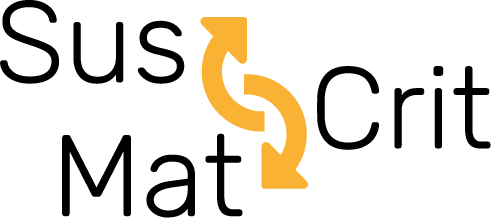Thibaut Maury from the University of Bordeaux introduces the concept, goals and potential of responsible sourcing at the example of “conflict materials”.
Module description
The purpose of certification is to connect sellers and buyers of materials. Sellers can diversify their product by providing additional information and buyers are able to identify under which circumstances a product has been sourced. A certification scheme is built up by the program governance, a standard, and an accreditation procedure (i.e. a third-party audit). US and EU regulations regarding conflict minerals (tin, tantalum, tungsten, and gold) require due diligence across the whole value chain.
Implementation of certification programs could lead to improved conditions for local miners and guaranteed sources of income. Downstream users benefit from compliance with regulations and decreased reputational and supply risks. Potential damaging consequences of conflict mineral legislation are a decreased metal demand from certain regions, leading to lacking incomes locally, and a shift from illegal trading from metals to other types of commodities.
Certification has the potential to mitigate raw materials criticality, as it might lead to increased transparency regarding the supply of the less prevalent metals. Certification also has the potential to protect against reputational risk. Furthermore, certification might pose a risk on companies, due to market or government requirements that must be fulfilled before materials can be used or sold.
Learning objectives:
- Explain the drivers behind our dependence on primary (extracted) metals
- Provide an outline of the notion of responsible mining
- Explain the purpose of certification for suppliers and users of materials
- Apply the theoretical structure of certification schemes and terminology
- Explain the current status of the certification of conflict minerals
- Discuss the potential positive and negative effects of certification
- Critically reflect on the mitigation potential of certification of critical materials


